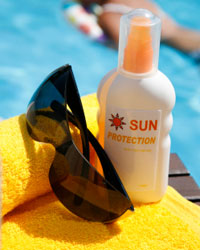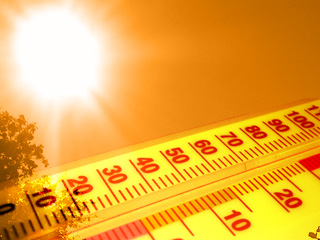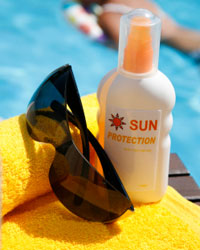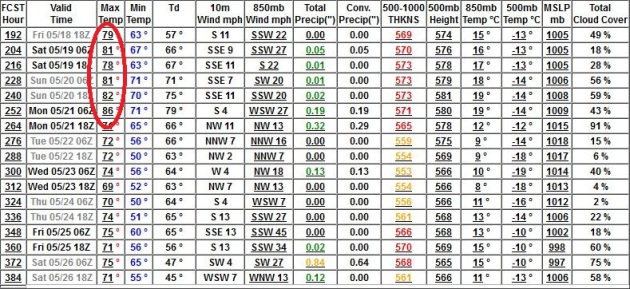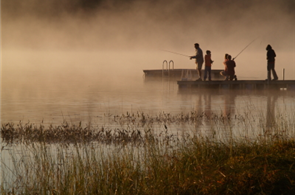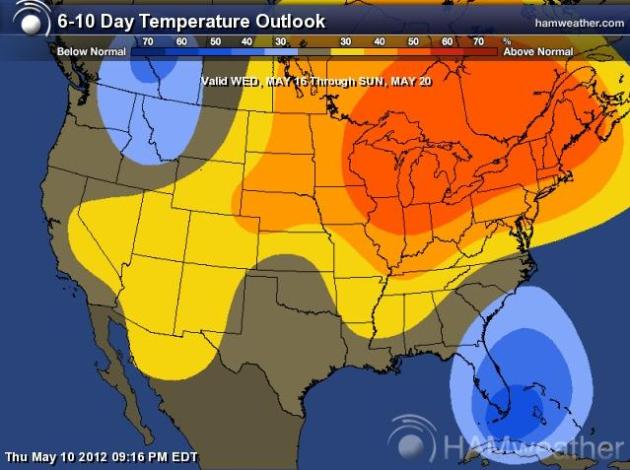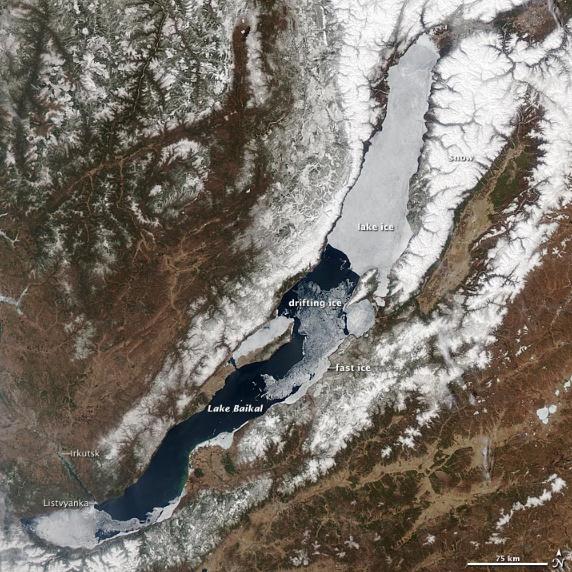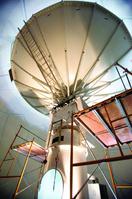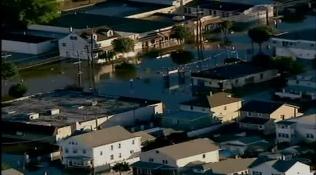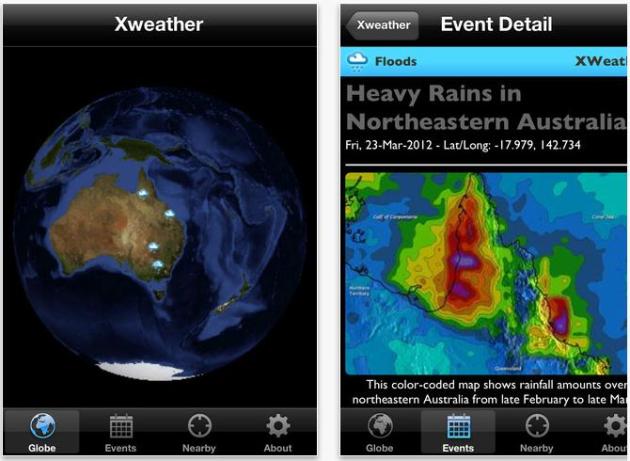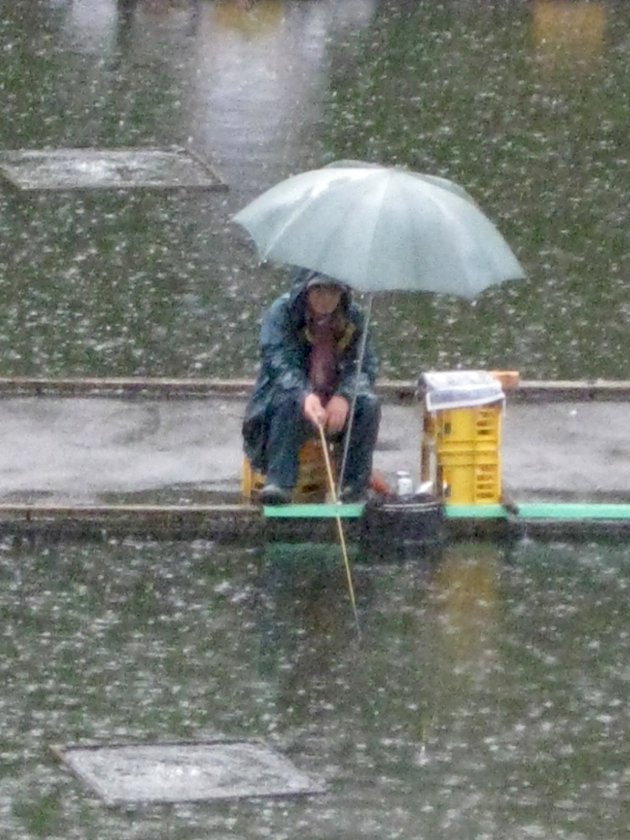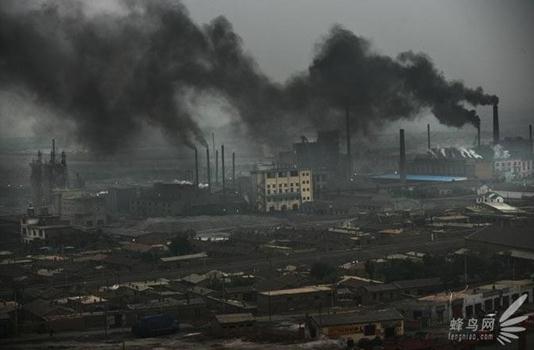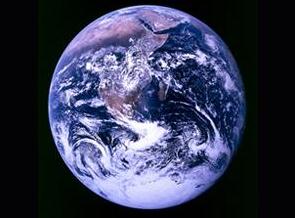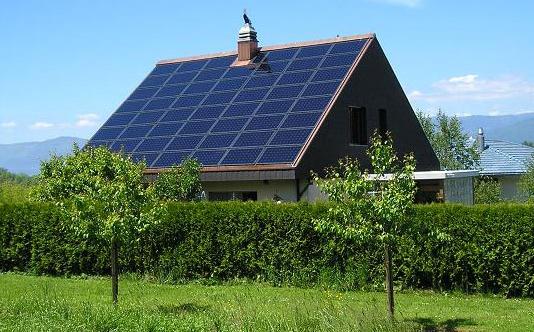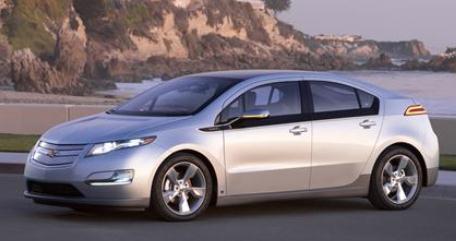Sunscreen Alert. I don't think I've ever started out
a weather blog focusing on sunburn risk. "There goes the weather
terrorist again - always hyping the weather!" Tell that to the 2 million
Americans who will be diagnosed with skin cancer this year.
About half of all Americans will have skin cancer at least once by the time they turn 65, according to M.D. Anderson Cancer Center. A few tips of choosing the best sunscreen below.
73 F. high in the Twin Cities Thursday.
68 F. average high for May 10 at KMSP.
88 F. high temperature on May 10, 2011.
18 days at or above 70 F. so far this year in the Twin Cities.
5 days above 70 F. as of May 10 of last year.
"
Cold front fish are "cold fish." They'll be in deeper water and
tightly schooled on the most vertical structure. Cold fish need time to
react. Use a presentation with longevity, such as vertical jigging or
dragging a Lindy Rig slowly through them. Patience is the key. Fish
slowly and quietly with the confidence of knowing that they will
eventually bite." - from a very timely post about fishing a cold front from Walleye Central - details below.
“
But what is freedom? Rightly understood, A universal license to be good.” – Hartley Coleridge
Weekend Weather Details. It's a miracle; the planets
have aligned: sunshine on the Walleye Fishing Opener and Mother's Day?
On paper, impossible. Expect a light northwest breeze tomorrow, becoming
westerly on Sunday. It should be about as good as it gets in May (or
any month, for that matter) with low humidity, gentle breezes, and
enough sun for a respectable sunburn. ECMWF data above, with
temperatures (red) in Celsius.
 Minnesota Drought Eases
Minnesota Drought Eases.
The map on the right shows drought conditions as of May 1 (severe
drought over southern Minnesota, the Twin Cities in moderate drought.
The map on the left shows the latest Drought Monitor: only a small
portion of south central Minnesota in moderate drought, the majority of
the state still "abnormally dry". A June's worth of rain fell last
weekend - resulting in a (very) significant improvement. More from the
Minnesota Climatology Working Group: "
As of May 8, the U.S. Drought Monitor depicts most Minnesota counties as Abnormally Dry. For much of Minnesota, especially southern counties, the Abnormally Dry
designation was used by the U.S. Drought Monitoring authors to indicate
that the landscape is "coming out of drought", with perhaps some minor
lingering drought impacts. This week's map shows substantial improvement
in the drought situation over last week when 60 percent of Minnesota
was said to be in the Moderate Drought or Severe Drought categories (maps at right). The most recent map shows only 10 percent of Minnesota's landscape to fall in those categories.
Ample precipitation this spring, especially early-May rainfall totals of three to six inches in southern Minnesota, is responsible for the improving conditions (maps below).
Because transpiration (plant water use) is not yet underway on our
agricultural landscapes, spring precipitation has been nearly completely
a net gain; improving soil moisture supplies, stream flows, and lake
and wetland levels. The only sustaining drought impact in southern
Minnesota are somewhat low water levels on our larger lakes, especially
land-locked basins that are strongly tied to ground water."
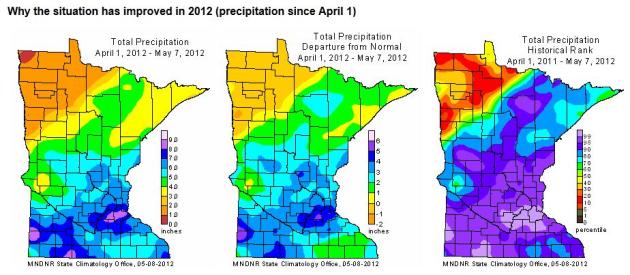
Making
Up For Lost Time. Over 8" of rain has soaked the southern suburbs of
the Twin Cities since April 1. Check out the amazing transformation with
full screen graphics
here.
Apply Sunscreen Generously. I'm still amazed by the
number of otherwise logical, bright adults who believe the potential for
sunburn has something to do with air temperature. "Oh, highs near 70?
No worries." Wrong. The potential to tan - or burn - has nothing to do
with air temperature, and everything to do with sun angle, the DATE on
the calendar. The closer we get to the Summer Solstice on June 21, the
higher the burn-risk. I'm not trying to insult your intelligence - but
here are a few timely tips for picking the right sunscreen from
M.D. Anderson Cancer Center: "
Before heading outdoors, follow these tips to maximize your sunscreen’s protection.
1. Get UV-A and UV-B protection
Always opt for a sunscreen that provides both UV-A and UV-B
protection. This way, you’ll protect your skin from ultraviolet-B
(UV-B) rays, which cause sunburns and skin damage, as well as
ultraviolet-A (UV-A) rays that increase your risk for skin cancer.
Also make sure the sunscreen you choose contains zinc oxide or
titanium dioxide. These ingredients help to block both UV-A and UV-B
rays.
2. Choose SPF 30 or higher
Always use a sunscreen with SPF (Sun Protection Factor) 30 or
higher. The SPF in your sunscreen absorbs and reflects the sun’s rays
so they don’t burn or damage your skin.
Keep in mind, though, that higher isn’t that much better when it
comes to SPF numbers. “Many people think they can safely stay in the
sun longer if they choose a higher SPF,” Chon says. “But that isn’t the
case.”
How Do I Catch Walleyes After A Cold Front? Some great (timely) information from Mike McClelland at
Walleye Central. Since we will be experiencing a weak cool frontal passage I wanted to share a few nuggets of his excellent post:
"Accept Cold Front Conditions"
"
As the weather changes, so should you! Don't continue using the
same strategies that worked the day before. If you've made your first
pass on yesterday's fish and didn't get a hit, don't change color,
don't change bait, don't change presentations. Those tactics won't
work. No matter what you do, you can't catch fish that aren't there!
Accept the fact that this is a cold front and that the fish have moved.
New locations and major presentation changes are in order. Cold fronts
trigger a defensive reaction in walleyes. Walleyes, whose entire focus
had been to seek food yesterday, will be seeking security today.
Regardless of the time of the year, think of cold front fishing as if it
were fall fishing. The methods and locations are the same."
Relatively Smooth Sailing. The weekend forecast
still holds: clearing tonight, sunshine most of the day Saturday and
Sunday; Mother's Day a few degrees warmer than Saturday. A T-shower is
possible midweek, followed by a good shot at 80 by the end of next week.
Consistent 70s? Looks like spring is finally here....to stay.
Hints of Summer. Ready for an 80-degree weekend?
We'll have to be content with highs near 70 tomorrow, low to mid 70s
Mother's Day, but the GFS is hinting at 80s the following weekend, maybe
low to mid 80s May 19-20.
"
What A Difference A Year Makes". From the
Minnesota Climatology Working Group: "
Fishing
opener 2011 was cloudy and cold over the central and south, with light
rain and drizzle. Temperatures were more seasonable over the north
with some sunshine. Breezy conditions existed all day statewide."
Warming Trend. The 6-10 Day temperatures outlook
from CPC, NOAA's Climate Prediction Center, shows a strong warm bias
from eastern Minnesota into New England next week - that should
translate into a streak of 70s, even a few 80s. Map:
Ham Weather.
"Vegas Sunrise". Thanks to Thomas Dodson for passing this one along - very nice.
April Heat. Although not as extreme as March, April set hot-weather records across much of the west and southwest.
All-time April monthly record highs were tied or broken at the following
locations:
- Phoenix, Arizona: 105°F on April 22 (previous 105° April temperatures occurred on 4/20/1989 and 4/29/1992)
- Las Vegas, Nevada: 99°F on April 22 (tying old record set 4/30/1981)
- Reno, Nevada: 90° on April 23 (old record 89° 4/30/1981)
- Elko, Nevada: 87° on April 22 (old record 86° 4/30/1981). This also beat the previous so-warm-so-early-in-the-season record by 4°.
- Ely, Nevada: 86° on April 22 (old record 82° 4/28/1992)
- Winnemucca, Nevada: 90° on April 22 and 23 (tying old record set 4/30/1981)
- Death Valley, California: 113° on April 22 and
23 (tying old record set on April 24, 1946). This temperature may also
tie the U.S. national record for the month of April if one disavows a
suspicious reading of 118° from Volcano Springs, California in April of
1898.
- Grand Junction, Colorado: 89° on April 23 and 24 (tying all-time April record also set on 4/29 and 4/30, 1992)
- Amarillo, Texas: 99° on April 25 (old April record 98° on 4/22/1989 and 4/22/1965)
- Lubbock, Texas: 104° on April 25 (old April record 100° on 4/16/1925 and /22/1989)
- Midland, Texas: 104° on April 25 (old April record 101° on 4/21/1989)
- Abilene, Texas: 104° on April 25 (old April record 102° on 4/16/1925)
- Childress, Texas: 106° (old April record 102° on three occasions, most recently on 4/3/2011)
- The month was the hottest April on record for much of northern Texas (again):

Drought Hits Spain's Wheat Crop. Dry weather is becoming a problem across parts of Europe; hardest hit: Spain.
- Grain
crops in Spain are suffering after an unusually dry autumn and winter.
The amount of rainfall has been just half of normal in key grain
producing regions.
- In
late April, increasing rainfall has started to improve the situation,
particularly in the northern half of the country. If rain continues to
fall regularly throughout May, there’s a chance that barley and wheat
yields could rebound.
- Spain
is not the only European country grappling with a weak wheat crop.
Ukraine, Romania, Bulgaria, and other countries will likely see reduced
yields as well due to dry weather. A cold spell at the end of February
in Poland and Germany has also harmed crops.
Image Of The Day: Ice Melting On Russia's Lake Baikal. Details from
NASA's Earth Observatory:
"For several months each year, Russia’s Lake Baikal is covered by a
thick layer of ice. Formation begins in late-December, and by
mid-January the entire lake is usually blanketed. Come spring, the lake
begins its long, slow melt. Patches of open water usually appear in
the southern part of the lake in early May and move progressively
northward. But it isn’t usually until late June that the last remnants
of the ice have disappeared from the northern reaches of the lake."
Texas Tornadoes. More than half a dozen tornado
touchdowns were reported Thursday from San Antonio to Corpus Christi.
For an interactive map of hail, damaging wind and tornado reports, click
here. Map courtesy of Ham Weather.
Better Forecasts Are On The Radar For Duluth. Every NWS Doppler is getting a software/hardware upgrade to "dual-pol"; the
Duluth News Tribune has details: "
The
radar at the National Weather Service office in Duluth will be out of
order for a few days but will come back online better than ever. Crews
are installing a new type of radar, called dual polarization, that will
be better able to detect heavy rain that could cause flash floods, see
through storms to identify the debris clouds caused by tornadoes and
even tell the subtle difference between rain, sleet and snow. It’s
part of a $50 million upgrade to the U.S. radar system that will see all
160 National Weather Service and military radars upgraded to dual
polarization."
Photo credit above: "
The National Weather Service Duluth
office radar dish as seen inside the large radar dome. The radar is
being upgraded to give forecasters more live data on severe
thunderstorms, rain and winter storms. The dish pointed straight up to
allow crews to install the upgraded equipment. (Clint Austin /
caustin@duluthnews.com)."
Hurricane Irene Ranked Most Costly Category 1 Storm. Meteorologist Andrew Freedman at
Climate Central has more details: "
Hurricane
Irene, which first made landfall in North Carolina on August 27, and
went on to cause devastating flooding in several Northeastern states,
is now ranked as the costliest Category One storm to strike the U.S.
According to the National Oceanic and Atmospheric Administration
(NOAA), Irene caused $15.8 billion in damage, much of it due to inland
flooding. This ranking is a testament to how much expensive real estate
the storm struck, as it marched up the eastern seaboard, passed
directly over New York City, and swept through northern New England."
Map credit above: "
The track and strength of Hurricane Irene. Click on the image for a larger version. Credit: National Hurricane Center."
Florida Approves Hurricane Shelter Plan. Details from
Insurance Journal; here's an excerpt: "
The
construction of new public schools across Florida has contributed to a
significant increase in the number of hurricane shelter spaces,
according to a plan approved this week by Gov. Rick Scott and the
Florida Cabinet. The Division of Emergency Management presented its
updated statewide emergency plan to the cabinet at a meeting held at a
Florida Keys elementary school. A combination of hurricane shelter
surveys, retrofitting existing schools and building new schools to meet
shelter design criteria has created more than 939,000 public shelter
spaces over the last 12 years, emergency management officials said.
More than half of those spaces were created through the construction of
new public schools."
First Ever Massachusetts Hurricane Preparation Conference. Here's an excerpt of a story from
WWLP.com: "
DEVENS, Mass. (WWLP) - June 1st
is not only the anniversary of the tornadoes devastating parts of
western Massachusetts, it also marks the beginning of the Atlantic
hurricane season In the eastern Massachusetts community of Devens on Wednesday, Massachusetts had a weather conference like no other. We all remember tropical storm Irene,
an ugly reminder that western Massachusetts is not immune to tropical
storms or hurricanes. "The rainfall and the flooding is a great example
of where we can do even better, we think about a hurricane coming, we
start getting very focused on wind," said Kurt Schwartz the Director of
MEMA."
App Of The Day: "WeatherMob". This one looks interesting; here's a brief description: "
Weathermob
makes it easy to say something about the weather you’re in, through
video, photo, comments or making a quick report by touching a couple of
buttons – this is your chance to be a weatherwoman or weatherman.
Get
the latest local forecasts alongside live reports on current weather
conditions from Weathermob users. Follow reports from your friends and
family – see who’s having the best weather and how they feel about it.
Know your mother’s weather before you even speak to her…"
Honorable Mention: "XWeather". Here's another
weather app that caught my eye; costs $1.99 (not my company - but I
admire what they're trying to do, tracking severe/extreme weather around
the planet). Here's an overview of
XWeather: "
Xweather
is a dynamic and graphically engaging multimedia tool for putting
extreme weather events in context, optimized for both iPhones and
iPads. Easily navigate a stunning 3D rendition of the globe and get
near real-time information and satellite imagery of hurricanes, cyclones
and other severe storm events, floods, volcanic eruptions and dust
storms. In addition to current extreme weather, users can also access
Xweather’s growing historical archive to explore events that have
occurred around the world in the past two record-setting years."
Hubble To Use Moon As Giant Mirror To Observe Venus Transit. This is pretty cool - here's an except from a post at
gizmag.com: "
From
Earth's perspective, on June 5 and 6, Venus will pass across the face
of the Sun. By observing the tiny fraction of sunlight that passes
through Venus's atmosphere using the Hubble Space Telescope, it is hoped
that the planet's atmospheric makeup can be determined. Though we
already know the nature of Venus's atmosphere, it is hoped the event
will help astronomers hone techniques, already in use, that may one day
help to identify Earth-like planets in far-away solar systems. The
catch? Hubble cannot observe the Sun directly. Instead it will look at
the Moon to observe reflected light."
Weather Fit For A Prince? Prince Charles doing the
weather on TV? I think the seventh seal has been broken now. If Snooki
winds up anchoring the NBC Nightly News I'm heading for the hills. More
(including a video) from
TVNewser. Hey, he did an admirable job! "
Viewers
of the BBC News in Scotland received quite a surprise today. The
regular weather anchor took a break, and instead the forecast was
delivered a by a special guest: The Prince of Wales himself, Prince Charles."
"Exped Ergo Combi" All-In-One Hammock Camping Solution.
If you want to loiter (and camp) simultaneously, I think I just found a
good solution, courtesy of those prolific techno-geeks over at
gizmag.com: "
The
Exped Ergo Combi aims to give you the protection of a tent within the
comfortable, 'zero gravity' confines of a roomy hammock. It looks like
it could offer one of the best nights of sleep you've ever had
outdoors. You can buy various forms of sheltered hammocks from
manufacturers like Clark, Hennessy Hammock and Grand Trunk. Some are
completely open, leaving you to sleep under the stars. Some have
mosquito netting to protect you from pests. Some have waterproof
protection for use in foul weather. Some have added insulation on the
underside to keep you warm in winter or cooler spring weather."
Bouncy House Cushions Bear's Fall From Tree. The best headline of the day?
Lancasteronline.com has the story: "
When
a black bear climbed a tree in a central Arkansas city and refused to
come down, authorities turned to unconventional rescue tools: bouncy
houses. Foster the Bear -- named for the residential street where he
holed up in a tree -- wouldn't budge from his branch Monday. So,
authorities turned to a local hardware store owner who rents inflatable
houses and castles for children's birthday parties. They asked him to
set up two of the bouncy contraptions beneath the tree. Then, wildlife
officials shot the bear with tranquilizer darts."
Hardly Ideal Fishing Conditions. Yes, rain, a
"walleye chop" and a sharply falling barometer often helps (from what my
wise fishing buddies tell me). I may have better luck fishing a puddle
than Pelican or Mille Lacs tomorrow. I hope you have better luck!
“ There are only two or three human stories, and they go on repeating themselves as fiercely as if they had never happened before.
” - Willa Cather
"Cool Frontal Walleye"
"The charm of fishing is that it is the pursuit
of what is elusive but attainable, a perpetual series of occasions for
hope" wrote John Buchan.
I've had rotten luck with walleye over the years; you could mount my "trophy fish" on an index card. Sad.
Minnesotans take their fishing seriously, and I
can (almost) p-p-promise a better Opener than last year, when it was
cold with rain and drizzle.
Today's cool frontal passage whips up clouds and
a few showers; the atmosphere too dry and stable for anything severe.
Skies clear tonight: lots of Saturday sun, a light northwest breeze,
sunrise temperatures in the mid 40s. Take jacket (and sunscreen).
Fishing behind a cool front? According to
Walleye Central "Cold front fish are "cold fish." They'll be in deeper
water and tightly schooled on the most vertical structure...Patience is
the key. Fish slowly and quietly with the confidence of knowing that
they will eventually bite." More tips on my blog.
Mother's Day (don't forget!) will be the day you were day dreaming about back in February: blue sky, mid 70s. Perfect.
We warm up next week, a good shot at 80 Thursday & Friday.<p>No red blobs on Doppler. No flurries.
We're good.
"
We shall continue to have a worsening ecologic crisis until we
reject the Christian axiom that nature has no reason for existence save
to serve man." - Lynn White, Jr. "The Historical Roots of Our Ecologic Crisis" (1967).
Climate Stories...
Game Over For The Planet. Here's a timely
New York Times Op-Ed from NASA climate scientist James Hansen that is bound to raise some eyebrows: "
GLOBAL warming isn’t a prediction. It is happening. That is why I was so troubled to read a recent interview with President Obama in Rolling Stone in which he said that Canada would exploit the oil
in its vast tar sands reserves “regardless of what we do.” If
Canada proceeds, and we do nothing, it will be game over for the
climate. Canada’s tar sands, deposits of sand saturated with bitumen,
contain twice the amount of carbon dioxide emitted by global oil use in
our entire history. If we were to fully exploit this new oil source,
and continue to burn our conventional oil, gas and coal
supplies, concentrations of carbon dioxide in the atmosphere
eventually would reach levels higher than in the Pliocene era, more
than 2.5 million years ago, when sea level was at least 50 feet higher
than it is now."
Representative Cravaack: Cut Climate Change Education Funds.
We don't like the implications of the science - so let's ban it
altogether. That's visionary - what I would expect from Washington D.C.
these days. Here's an excerpt of a truly unbelievable story from
The Star Tribune: "
U.S.
Rep. Chip Cravaack is leading a Republican effort in the House to
block funding for a climate change initiative that provides money to
education programs around the nation, including at Carleton College in
Northfield and the Como Zoo and Conservatory in St. Paul. Cravaack's
proposal, offered as an amendment to an annual spending bill, made the
first-term Minnesota member of Congress the focus of a legislative duel
Wednesday over climate change, with Democrats and environmentalists
rallying against the GOP measure. His provision passed the House late
Wednesday on a 238-188 vote."
Photo credit above: "
Cindy Best, of Menomonie, Wis., visited the Como Zoo and Conservatory with her grandchildren."
Kenya: Floods Caused By Loss Of Forests. Here's a snippet of an article at
allafrica.com: "
ALL
over the country there has been serious flooding, landslides, and
erosion. The present long rains have been heavy but not extraordinary
like the El Nino rains of 1998. If Kenya had El Nino rains again, it
would be a disaster. With global warming, there are going to be greater
extremes of drought and rain. Kenya needs to be prepared for a
difficult climatic future. The biggest single reason for the present
flooding is the loss of forest cover in Kenya. Forests are sponges that
soak up rain and then slowly releases it into the river system and
aquifers. Without that regulation provided by forests, rain rushes
straight into rivers which then burst their banks and flood. Without
those sponges, rivers and aquifers will vanish in the dry season." Satellite image above:
NASA.
Assessing Whether Solar Panels Make Sense For You. I
have a few friends with solar panels who are actually getting paid by
their local utility to put electricity ONTO the grid! From
The New York Times: "
As I report in The Times,
legions of companies will offer to install a system at no upfront cost
and promise customers cheaper, cleaner electricity over the course of
20 years. Some are small and local, while others, including SolarCity, Sunrun, Sungevity and SunEdison, are larger, with national or even international reach. Some large manufacturers, like SolarWorld,
even offer financing plans for home installations. For residential
customers, the deals can seem attractive. The company arranging the
financing for the system usually owns and operates it, selling the
electricity back at a rate generally lower than what the utility would
charge." (Photo credit above:
inhabitat.com).
Bob Lutz Defends Bashing Rush Limbaugh, Bill O Reilly. An excerpt from
USA Today: "
It's
unfortunate the Volt became the target of the right-wing propaganda
machine," he said at the Electric Car Symposium, EVS26, in Los Angeles.
After hearing the criticism of plug-in cars from Limbaugh and
O'Reilly, he says he took the offensive.
Besides speaking out against them in public, he made the rounds to
conservative think tanks. The message: There is nothing "sinister" about
energy security for the U.S. He urged electric-car advocates not to
argue the benefits of electric vehicles from a global warming
perspective, but rather with an energy security argument."
Unabomber Billboard Continues To Hurt Heartland Institute. The
L.A. Times weighs in; here's an excerpt: "
With a simple statement on Tuesday, State Farm Insurance
became the latest company to withdraw its support from the Heartland
Institute, a Chicago-based think-tank which claims a “realist” position
questioning that humans are responsible for climate change. “State
Farm is ending its association with the Heartland Institute. This is
because of a recent billboard campaign launched by the Institute,” said
the entirety of the statement, which ran on the State Farm Facebook
page. Also, just announced Wednesday, the United Services Automobile
Association, an insurance and financial services company for military
families, has also withdrawn its support for Heartland."
Photo credit above: "
A billboard featuring the "Unabomber"
Ted Kaczynski, which appeared in the Chicago area last week, has
caused several companies and organizations to withdraw support for the
Heartland Institute. (May 9, 2012)"
Heartland Institute's Climate Change Denial Tactics Get Extreme. Here's a story about Billboard-Gate from NPQ,
nonprofitquarterly.org: "
It
didn’t take long for the Heartland Institute to realize that its ad
campaign was a bit over the edge. Devoted to debunking theories of
climate change, the Koch brothers-funded Heartland Institute put up a
billboard with the message, “I still believe in Global Warming. Do you?”
If you’re a climate change skeptic, the message probably made sense,
but the picture next to the message, which went up along the Eisenhower
Expressway outside of Chicago, was Unabomber Ted Kaczynski. Additional
billboards were slated starring Charles Manson, Fidel Castro, and Osama
bin Laden. HI’s argument, according to a statement on its website,
was, “The most prominent advocates of global warming aren’t scientists.
They are murderers, tyrants, and madmen.” Baaaaad idea!"
